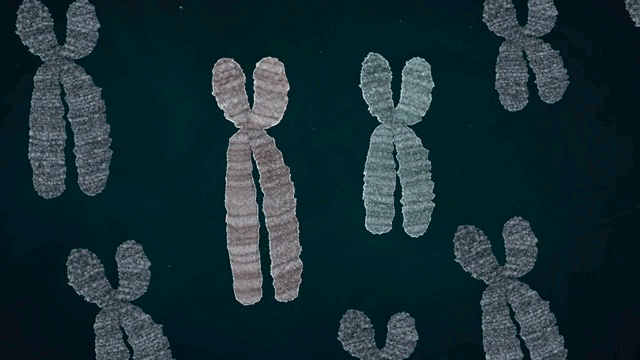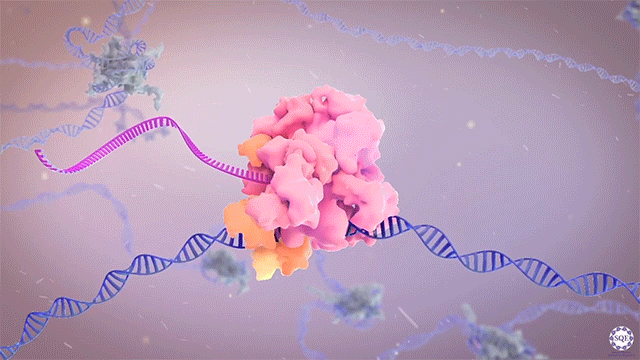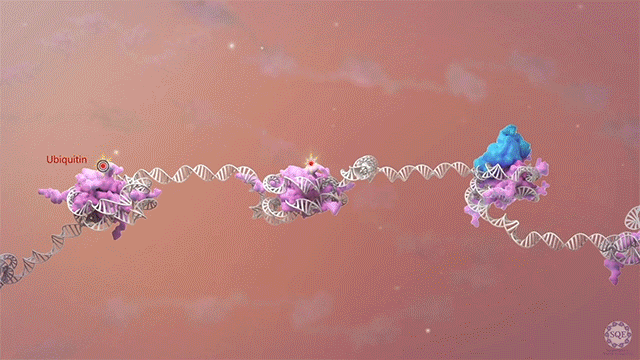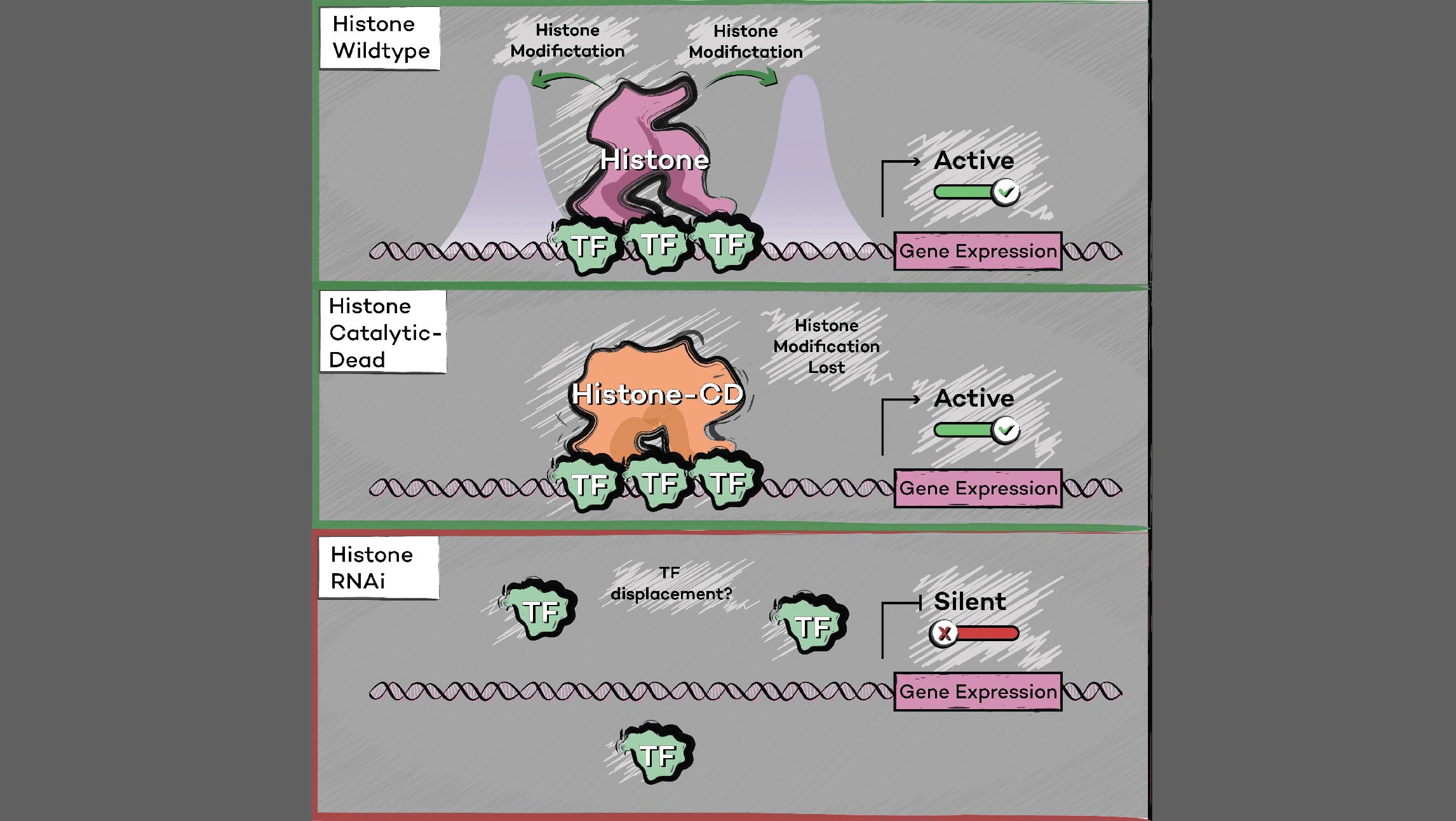Research
Regulation of Eukaryotic Gene Expression
Our laboratory investigates the molecular mechanisms that regulate transcriptional and epigenetic processes to control eukaryotic gene expression. Misregulation of these processes not only disrupts the precise spatial and temporal control of gene expression required for embryonic development but also underlies the pathogenesis of cancers, neurodegenerative disorders and other human diseases. Fundamentally motivated by the need for targeted disease therapies, the basic research in our laboratory yields the detailed, mechanistic understanding of molecular pathways that makes these therapies possible. Our efforts to dissect oncogenic mechanisms have recently identified several potential target pathways and small molecule therapies, some of which are now under clinical trial.
Chromosomal Translocation and Mixed Lineage Leukemia
The Shilatifard laboratory studies the biochemical and molecular mechanisms underlying leukemogenesis, identifying potential targets for cancer therapeutics. Watch this original animation to learn more.
Transcription in Myc-Related Cancers
Our lab identified the Super Elongation complex (SEC), which regulates gene transcription by RNA Polymerase II. Watch this original animation to learn more about how misregulation of SEC contributes to disease.
Chromatin Biology
We work within the Simpson Querrey Center for Epigenetics, which seeks to explain how environmental conditions interact with DNA to affect human health. Watch this original animation to learn more about how we study epigenetic mechanisms and chromatin biology to develop treatments for cancer and other diseases.



